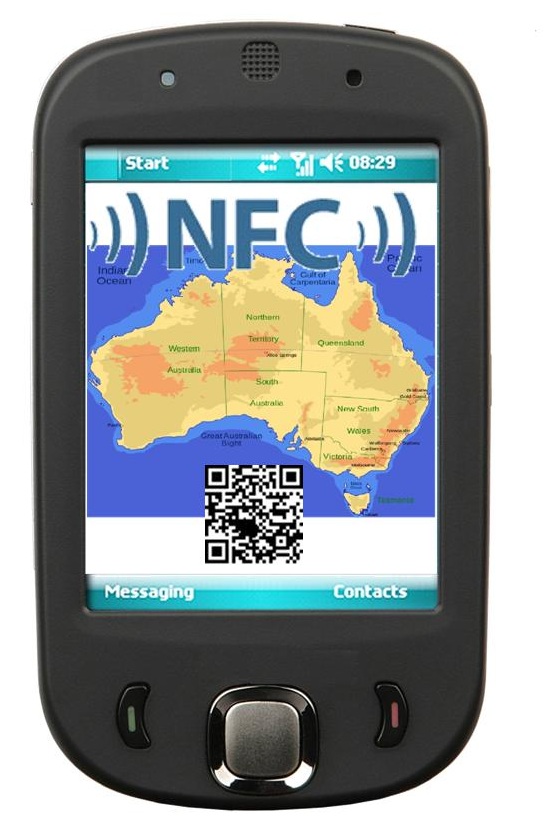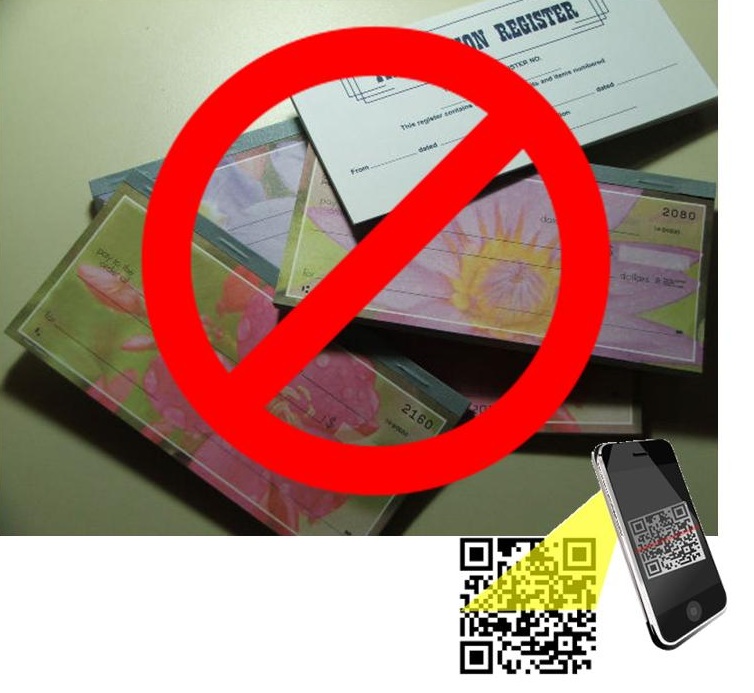Mobile payments gain traction in Australia
As mobile commerce grows more popular around the world, new payment platforms are emerging in several markets. In Australia, mobile payments start-up FLASHiZ has announced its official opening in Sydney. The start-up has plans to launch its new mobile payments platform in the coming months in an effort to engage the growing number of mobile consumers in Australia. FLASHiZ aims to make mobile payments as accessible to consumers as possible and will be focusing on numerous tools to ensure that this is possible.
FLASHiZ puts QR codes and NFC tags to good use
FLASHiZ leverages both QR codes and NFC tags in order to facilitate mobile payments. NFC technology has long been a staple in mobile commerce and most modern mobile commerce platforms are based upon the technology and its capabilities. Not all mobile devices support NFC, however, which is why FLASHiZ also makes use of QR codes. The codes help facilitate mobile payments for those that do not have NFC-enabled mobile devices.
 New platform can help with loyalty programs
New platform can help with loyalty programs
FLASHiZ expects that its mobile payments platform will be integrated into stores and other sectors in the coming months. The company’s software could serve a variety of purposes as it does not only involve mobile commerce. FLASHiZ notes that its software can be used to develop and manage loyalty programs designed to engage consumers that rely heavily on the smartphones or tablets.
FLASHiZ may be able to find success in mobile payments
Mobile commerce has been seeing modest growth in Australia recently, but the country is still considered an attractive market for this sector. Companies like FLASHiZ are becoming more common as demand for new mobile payments platforms grows. Larger companies have yet to find significant traction with consumers in this sector, which may provide FLASHiZ with an opportunity to find some degree of success in its endeavors.
The barcodes located on bills, combined with payment apps could bring an end to paper payments in Australia.
The quick and easy use of QR codes located on utility and other types of household bills could lead to the end of the use of paper checks sent through the mail as early as five years from now.
The convenience of simply scanning the barcode with a smartphone to pay a bill is very appealing to Australians.
These QR codes are now being found on a growing number of household bills, including from the massive utility companies Sydney Water and Australian Power & Gas. These are only the first billers to use them, but systems are now in place to allow a rapidly growing number of companies to print them on their invoices. For instance, BPay has just finished launching the technology in a big bank owned joint venture so that many more opportunities will soon begin opening up for customers.
This rapid growth of QR codes for making mobile payments could begin an important shift in transaction trends.
 This is an opportunity for consumers and billers alike as the use of QR codes to help with bill payments is far less costly than using checks or even cash. The number of billers who will be introducing these barcodes on their paper bills is now about to experience a very rapid rise.
This is an opportunity for consumers and billers alike as the use of QR codes to help with bill payments is far less costly than using checks or even cash. The number of billers who will be introducing these barcodes on their paper bills is now about to experience a very rapid rise.
The advantage to consumers is that all that they will need to do to pay their bills is to use their smartphones to scan the QR codes using a free scanning app. This will automatically populate their own unique payment methods – such as their online banking page – with the details that they would need to type in manually using any other online technique.
Equally, the billers are able to benefit from the QR codes because it will rapidly and automatically reduce the number of data entry errors that can lead to delays in payments. The rapid support for the use of the new barcodes amidst additional plans by the banking sector to implement smartphone friendly strategy will have Australia heading forward with this type of plan at a much faster pace than many other countries of similar sizes and economies.
 New platform can help with loyalty programs
New platform can help with loyalty programs
 This is an opportunity for consumers and billers alike as the use of QR codes to help with bill payments is far less costly than using checks or even cash. The number of billers who will be introducing these barcodes on their paper bills is now about to experience a very rapid rise.
This is an opportunity for consumers and billers alike as the use of QR codes to help with bill payments is far less costly than using checks or even cash. The number of billers who will be introducing these barcodes on their paper bills is now about to experience a very rapid rise.